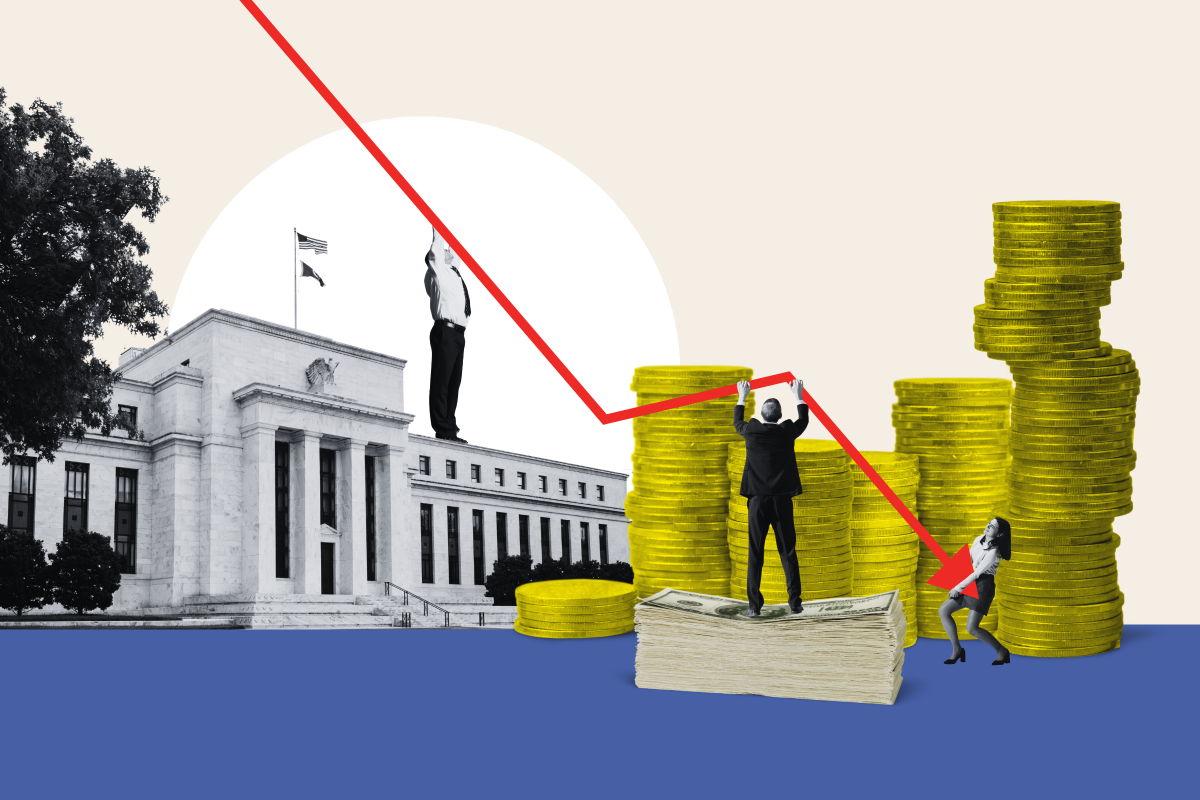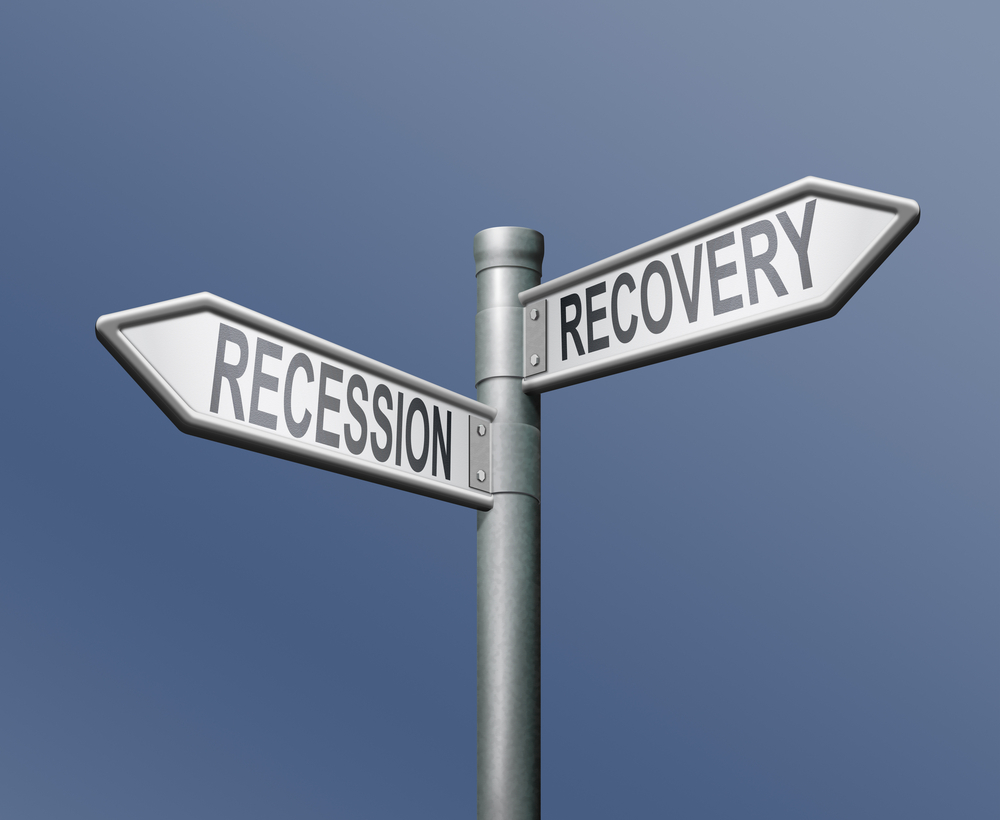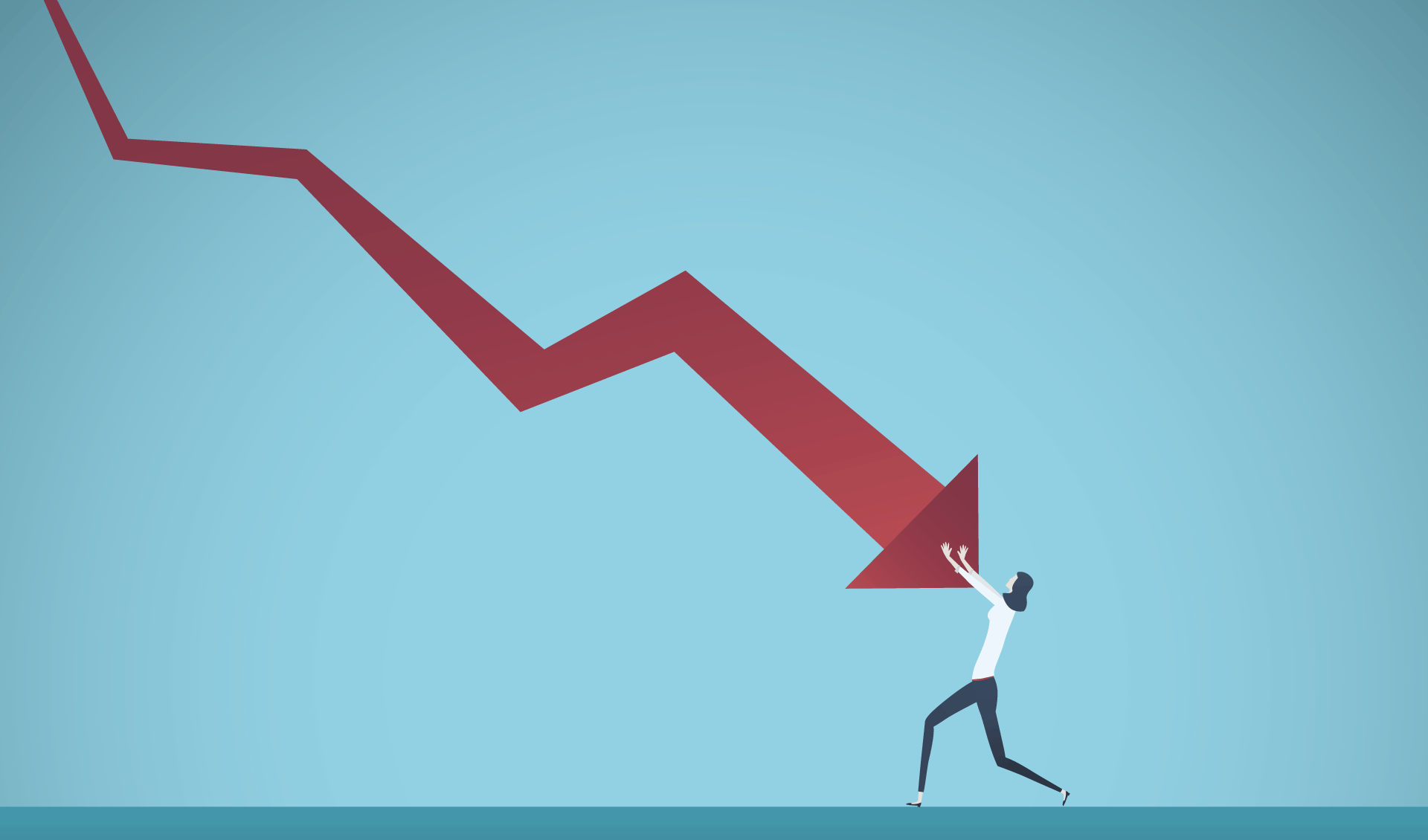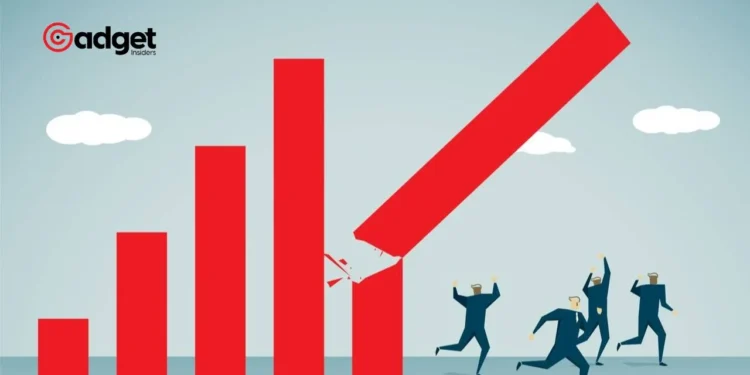As the echoes of past economic downturns linger in the corridors of finance, the whispers of a potential recession grow louder, compelling us to examine the signs pointed out by Gary Shilling, a financial analyst renowned for his accurate predictions of the 2007-2009 financial crisis. Shilling’s recent analysis presents a trio of indicators suggesting that the U.S. might be on the cusp of an economic downturn.

Decoding the Inverted Yield Curve
Shilling’s first indicator, the “invariable forerunner of recessions,” is the persistently inverted yield curve. This phenomenon, where long-term interest rates fall below short-term rates, signals a lack of confidence in long-term economic health among investors. Historically, this has been a reliable harbinger of recessions. “An inverted yield curve—and it has been inverted for months—is also an unfailing indicator,” Shilling detailed in his conversation with Newsweek.
Three signs US could be heading for a recession https://t.co/jz96FhPkXe pic.twitter.com/jxiplxK6Bh
— Newsweek (@Newsweek) April 24, 2024
Federal Reserve’s Actions: A Tightrope Walk
The second sign Shilling highlighted concerns the Federal Reserve’s cautious approach towards easing credit. Initially, expectations were set for multiple rate cuts this year, yet we’re now seeing projections scaled back to possibly none.
This conservative stance indicates a reticence to stimulate an already fragile economy, perhaps an acknowledgment of brewing economic trouble. “There are a lot of things that suggest that the economy is not really in a rebound situation, as most people had hoped,” Shilling observed.

Labor Market Strains Signal Caution
The third sign is seen in the gradual weakening of the labor market, previously a bastion of post-pandemic resilience. With wage increases slowing and other labor metrics faltering, there’s an evident decline in the once robust employment landscape. “If you look at wage increases and other indicators, labor markets are atrophying,” Shilling noted, pinpointing a crucial area of concern that often precedes economic slowdowns.
Potential for a Soft Landing Amid Recession Risks
While the potential for a recession looms, it’s juxtaposed with the possibility of a “soft landing,” a scenario where the economy slows but avoids a full-blown recession. Reflecting on the unique history of U.S. economic policies and outcomes, Shilling remains cautiously optimistic, suggesting that while rare, a soft landing isn’t outside the realm of possibility. “I think the conditions are such that, if we avoid a recession, we end up with a soft landing, maybe,” he speculated, reminding us of the mid-90s when a similar situation unfolded without leading to a recession.
The Verdict from Financial Institutions
Echoing Shilling’s cautious sentiment, financial institutions like Bank of America forecast a soft landing, indicating that the Federal Reserve’s recent rate hikes will temper growth and elevate unemployment rates without spiraling into a recession. This perspective suggests that while the economy is indeed slowing, the decline may be managed carefully to avoid severe economic disruption.

Conclusion: Preparing for the Next Economic Phase
As we stand at this economic crossroad, the insights from seasoned analysts like Gary Shilling help illuminate the path ahead. While the signs suggest caution, the potential for a mild downturn or a managed slowdown remains. It’s a critical time for policymakers, investors, and the public to stay informed and prepared for various economic outcomes. As Shilling himself admits, the exact trajectory is uncertain until the Federal Reserve signals a clearer direction through its policies. Until then, the U.S. economy continues to navigate through a period of significant ambiguity, with strategic foresight being our best tool against the unexpected twists of economic fate.










